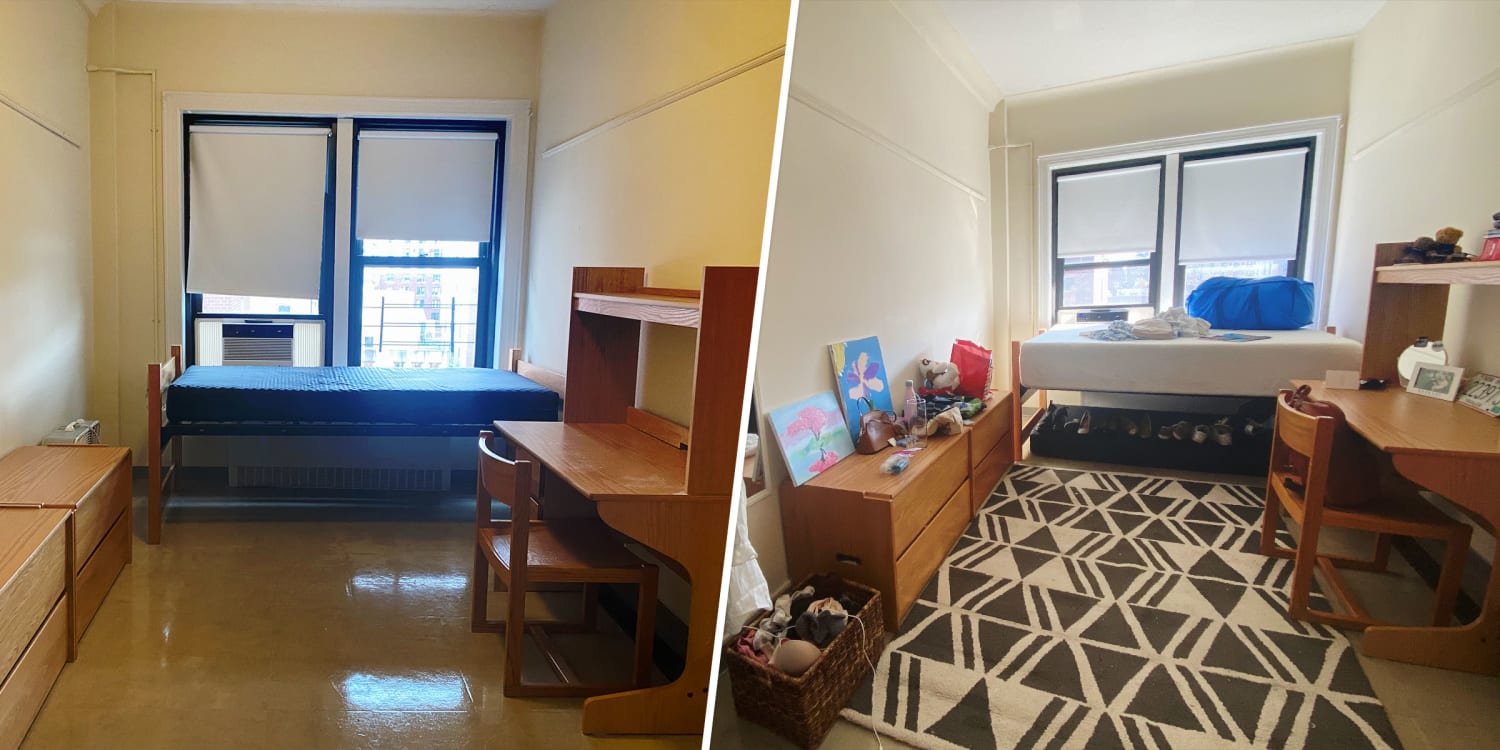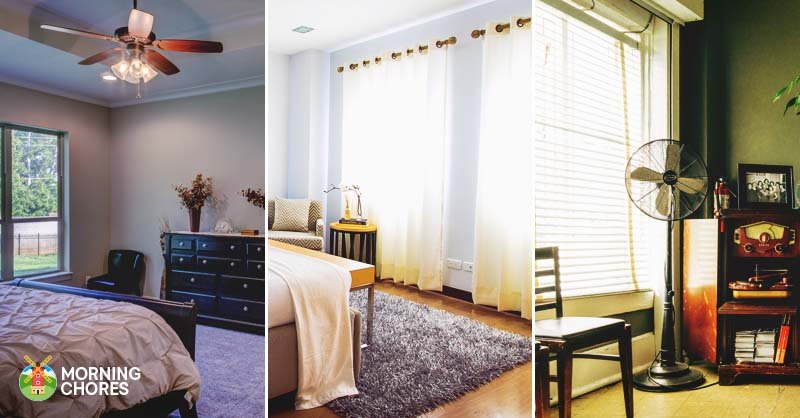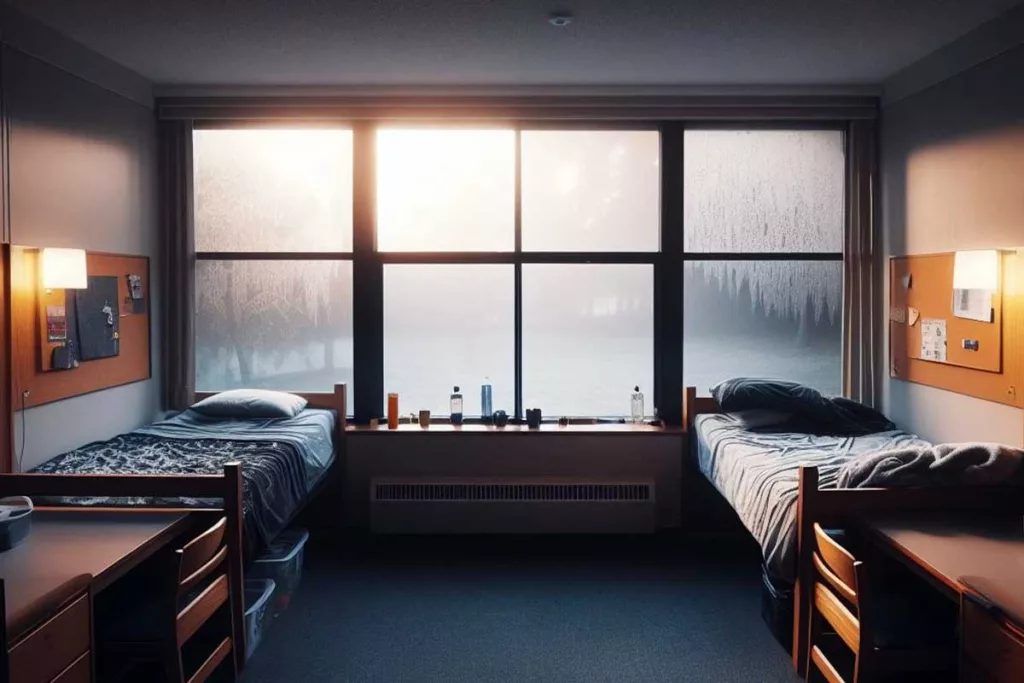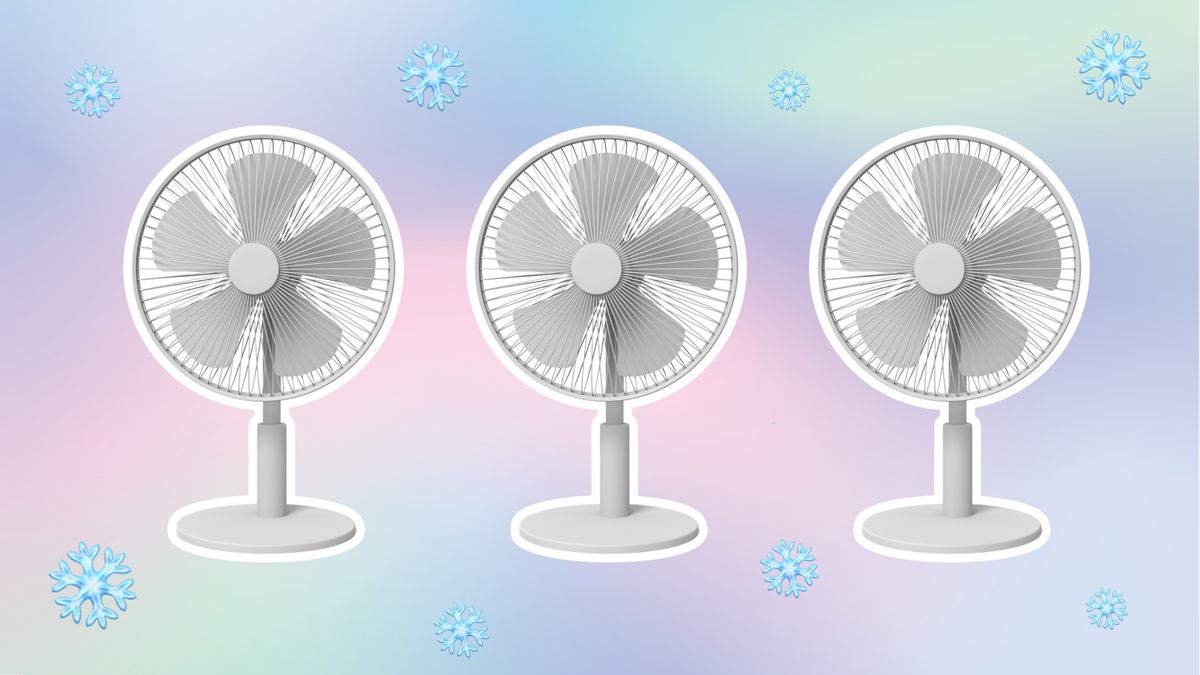How To Make A Dorm Room Colder

As temperatures rise, many college students living in dormitories are facing the challenge of keeping their rooms cool. Dorms, often built with older infrastructure and limited climate control options, can become uncomfortably warm, impacting sleep, study habits, and overall well-being. This article explores practical, cost-effective strategies for students to combat the heat and create a more comfortable living environment.
For students sweltering in stuffy dorms, understanding how to maximize existing resources and implement simple solutions is crucial. This guide provides actionable steps, drawing from expert advice and practical experiences, to help students lower the temperature in their dorm rooms without breaking the bank or violating university regulations.
Understanding the Challenge
Dorm rooms frequently suffer from poor insulation, inadequate ventilation, and limited control over heating and cooling systems. Factors like direct sunlight, shared walls, and older windows contribute to the problem, making it difficult to maintain a consistently comfortable temperature.
Furthermore, many universities restrict or prohibit the use of certain cooling devices, such as window air conditioning units, due to safety concerns and energy consumption. This necessitates finding alternative methods to beat the heat.
Practical Cooling Strategies
Optimizing Airflow
Improving airflow is one of the most effective and energy-efficient ways to cool a dorm room. A simple step is to ensure that vents are not blocked by furniture or belongings. Maximize cross-ventilation by opening windows on opposite sides of the room, if possible and permitted by university rules.
Even without cross-ventilation, opening a window and using a fan to circulate air can make a significant difference. Position the fan to draw cool air in from the outside or to exhaust hot air out of the room.
Consider using a box fan in a window to exhaust hot air, or a standing fan to create a breeze. Strategically placed fans can make a substantial difference in perceived temperature.
Utilizing Fans Effectively
Utilizing fans to create a breeze can significantly lower the perceived temperature. Oscillating fans are useful for distributing air throughout the room, while directional fans can target specific areas, such as a desk or bed.
A lesser-known trick is to place a bowl of ice water in front of a fan. As the air passes over the ice, it cools down, creating a refreshing and localized cooling effect. Regularly replenishing the ice ensures continuous cooling.
Ceiling fans, if available, should be set to rotate counterclockwise during the summer months. This helps to push cool air down and circulate it more effectively.
Blocking Sunlight
Direct sunlight is a major contributor to heat buildup in dorm rooms. Investing in blackout curtains or shades can significantly reduce the amount of solar radiation entering the room. These curtains effectively block sunlight, preventing it from heating the interior.
If blackout curtains are not an option, consider using aluminum foil or reflective window film. Although less aesthetically pleasing, these materials are highly effective at reflecting sunlight away from the room.
Closing blinds or curtains during the hottest parts of the day can also make a noticeable difference. Even temporarily affixing sheets or blankets to windows can help block sunlight and reduce heat.
Adjusting Lighting
Incandescent light bulbs generate a significant amount of heat. Replacing them with LED or compact fluorescent (CFL) bulbs can reduce heat output while also saving energy. LEDs are particularly efficient and long-lasting.
Consider using natural light whenever possible. During cooler parts of the day, open curtains or blinds to allow natural light to illuminate the room without generating excess heat.
Limit the use of electronic devices that generate heat, such as laptops and gaming consoles, during the hottest hours of the day.
Dehumidifying the Air
High humidity can make a room feel much warmer than it actually is. A dehumidifier can remove excess moisture from the air, making the room feel cooler and more comfortable. However, dehumidifiers can be energy-intensive, so choose an energy-efficient model.
If a dehumidifier is not feasible, consider using desiccants like charcoal briquettes or rock salt to absorb moisture from the air. Place these materials in open containers and replace them regularly as they become saturated.
Ensure proper ventilation to reduce humidity buildup. Avoid drying clothes indoors and promptly address any leaks or sources of moisture.
Staying Hydrated and Keeping Cool
Maintaining personal hydration is crucial for staying cool and comfortable in a warm environment. Drink plenty of water throughout the day to help regulate body temperature.
Taking cool showers or baths can provide temporary relief from the heat. Applying cool compresses to the forehead or neck can also help lower body temperature.
Wear loose-fitting, breathable clothing made from natural fibers like cotton or linen. These materials allow air to circulate freely, helping to keep the body cool.
University Regulations and Considerations
Before implementing any cooling strategies, it's essential to review university regulations regarding air conditioning units and other appliances. Many universities have strict rules about what is allowed in dorm rooms to ensure safety and energy efficiency. Contact your resident advisor (RA) or housing department for clarification on specific policies.
Avoid overloading electrical circuits by using multiple high-wattage appliances simultaneously. This can create a fire hazard and may violate university regulations.
Respect the comfort of roommates by communicating about cooling preferences and strategies. Compromise and collaboration are essential for maintaining a harmonious living environment.
Conclusion
Keeping a dorm room cool requires a combination of practical strategies, resourcefulness, and an understanding of university regulations. By optimizing airflow, blocking sunlight, and utilizing fans effectively, students can create a more comfortable and conducive living environment. Staying hydrated and adhering to safety guidelines are also essential for beating the heat and maximizing well-being.
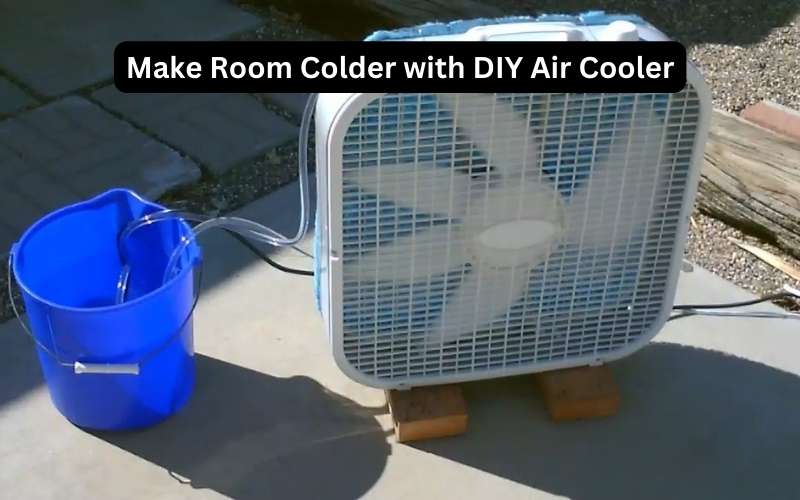
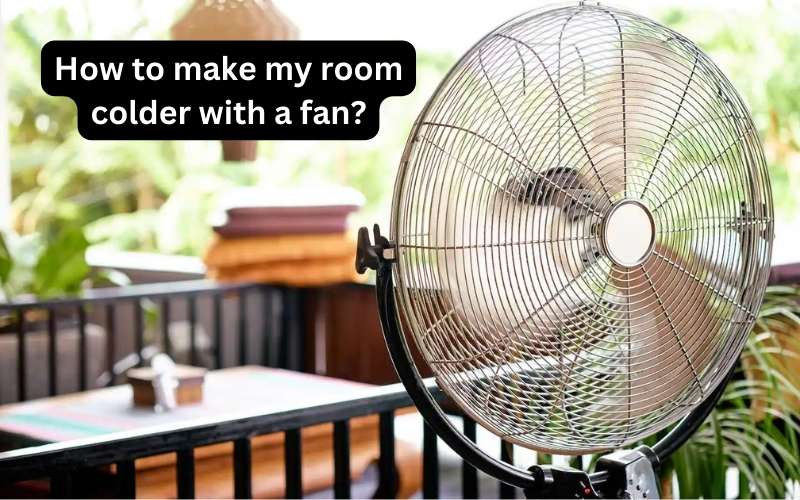




:max_bytes(150000):strip_icc()/117766312_229302798330782_1211084453444507327_n-b6f836c14c834e1fbfaa3ce560ad2998.jpg)


